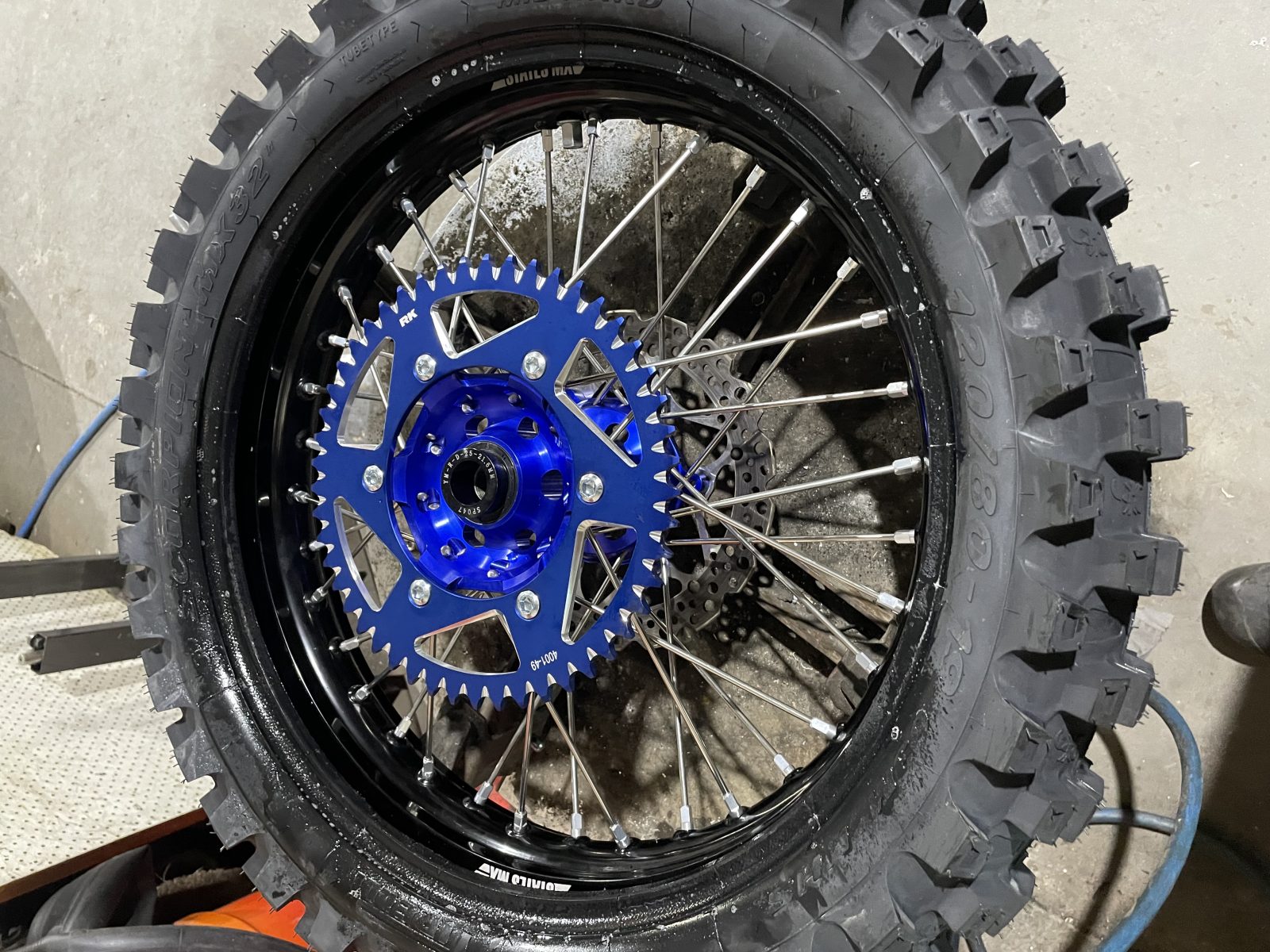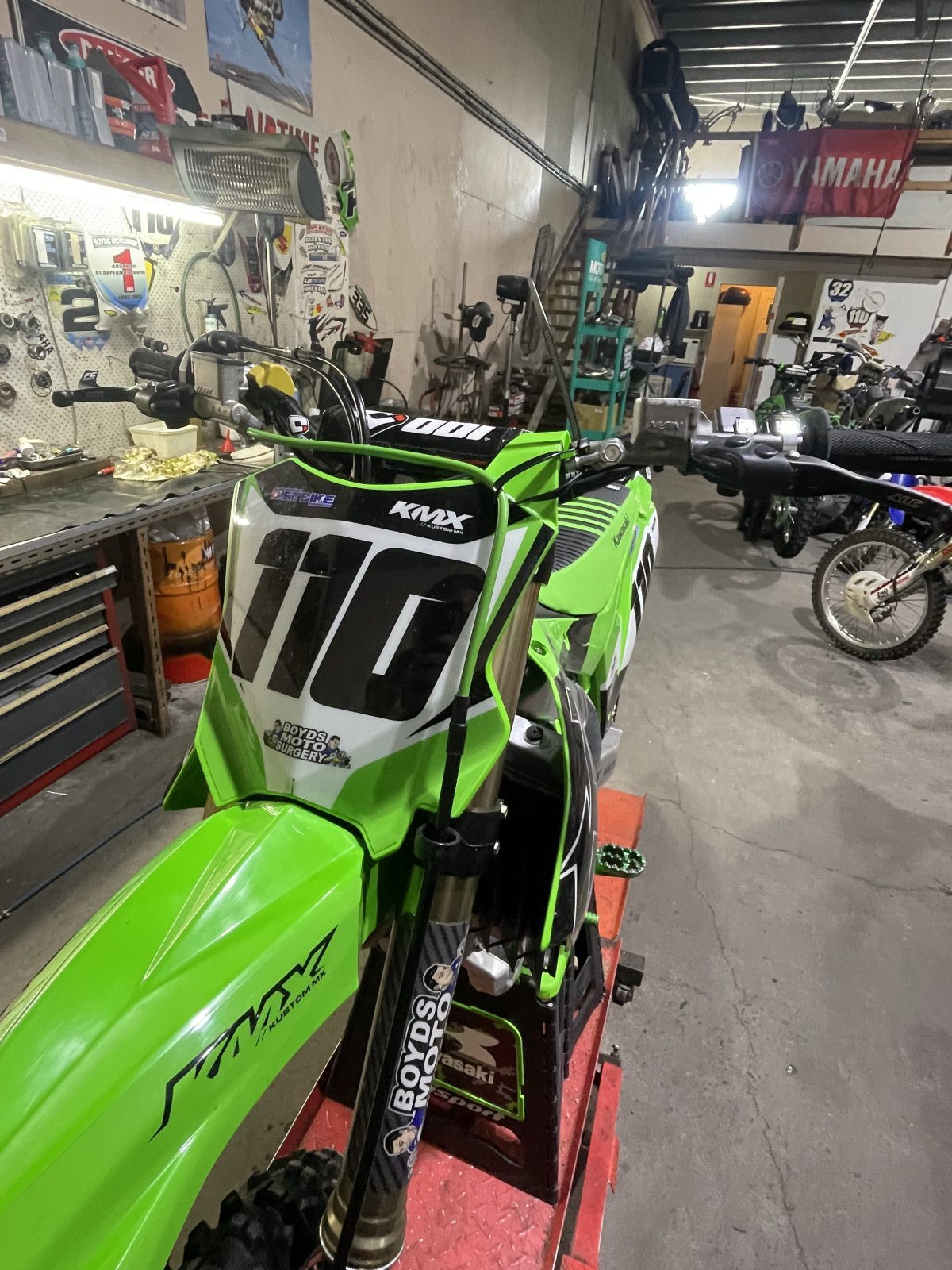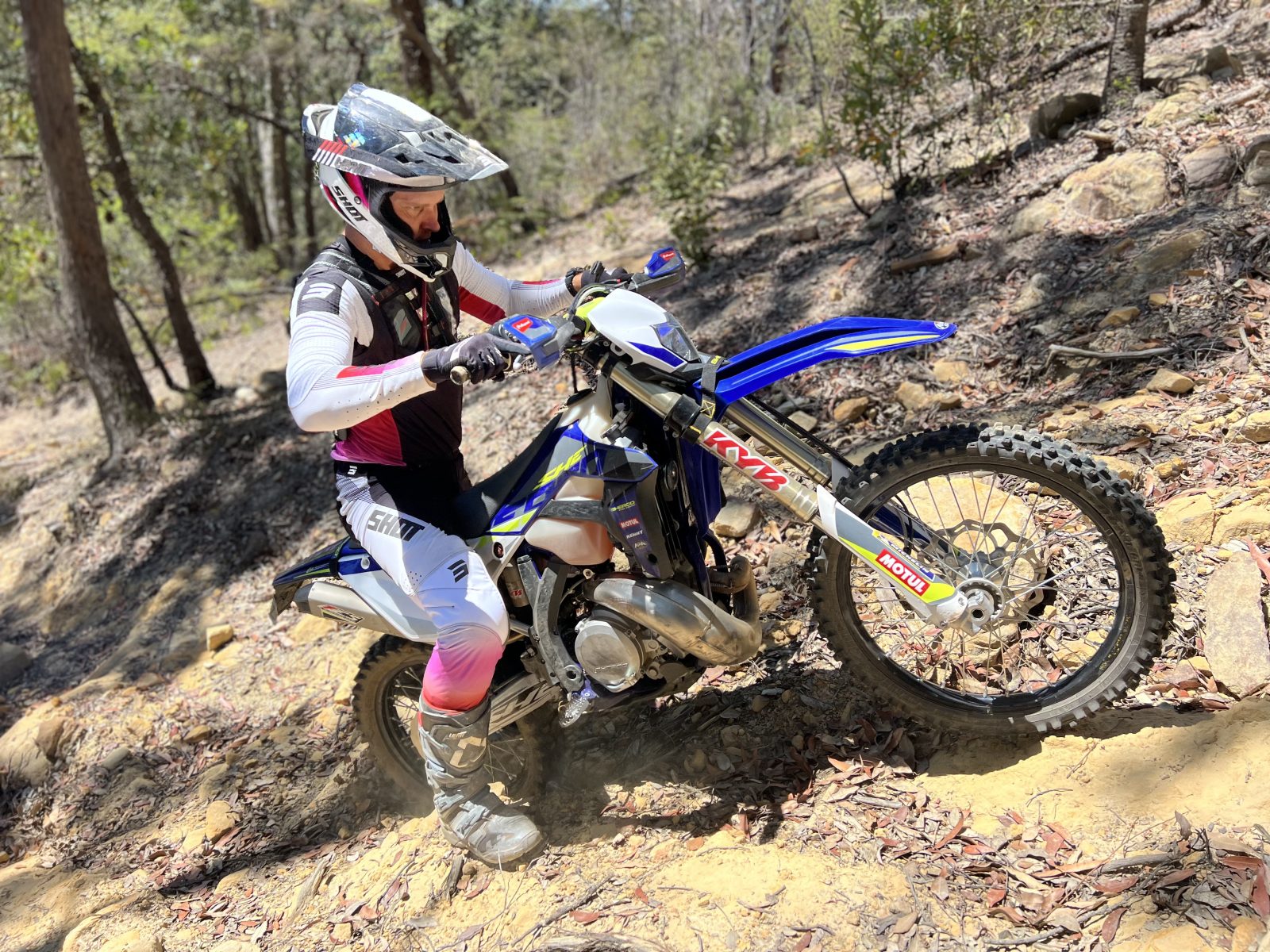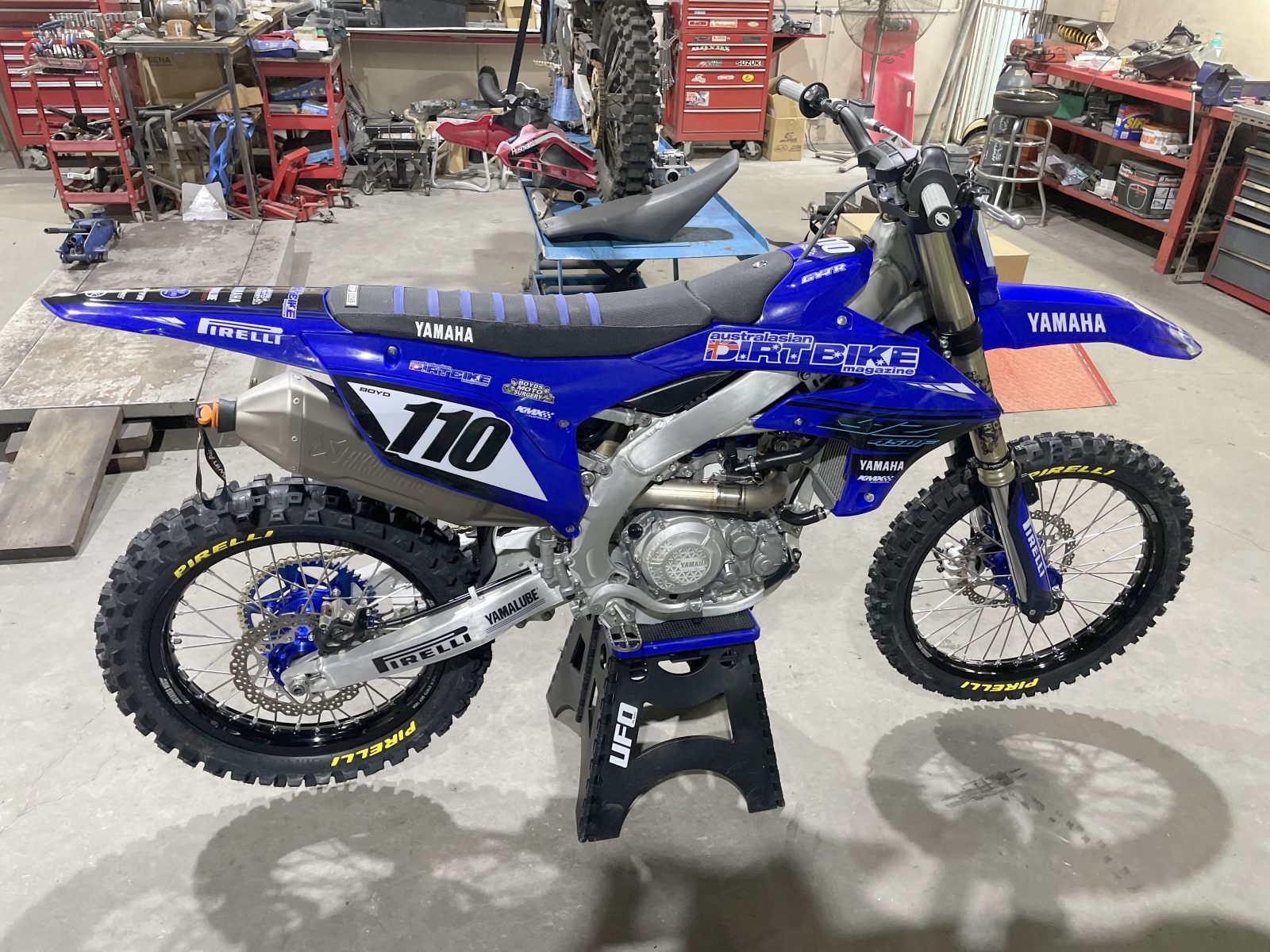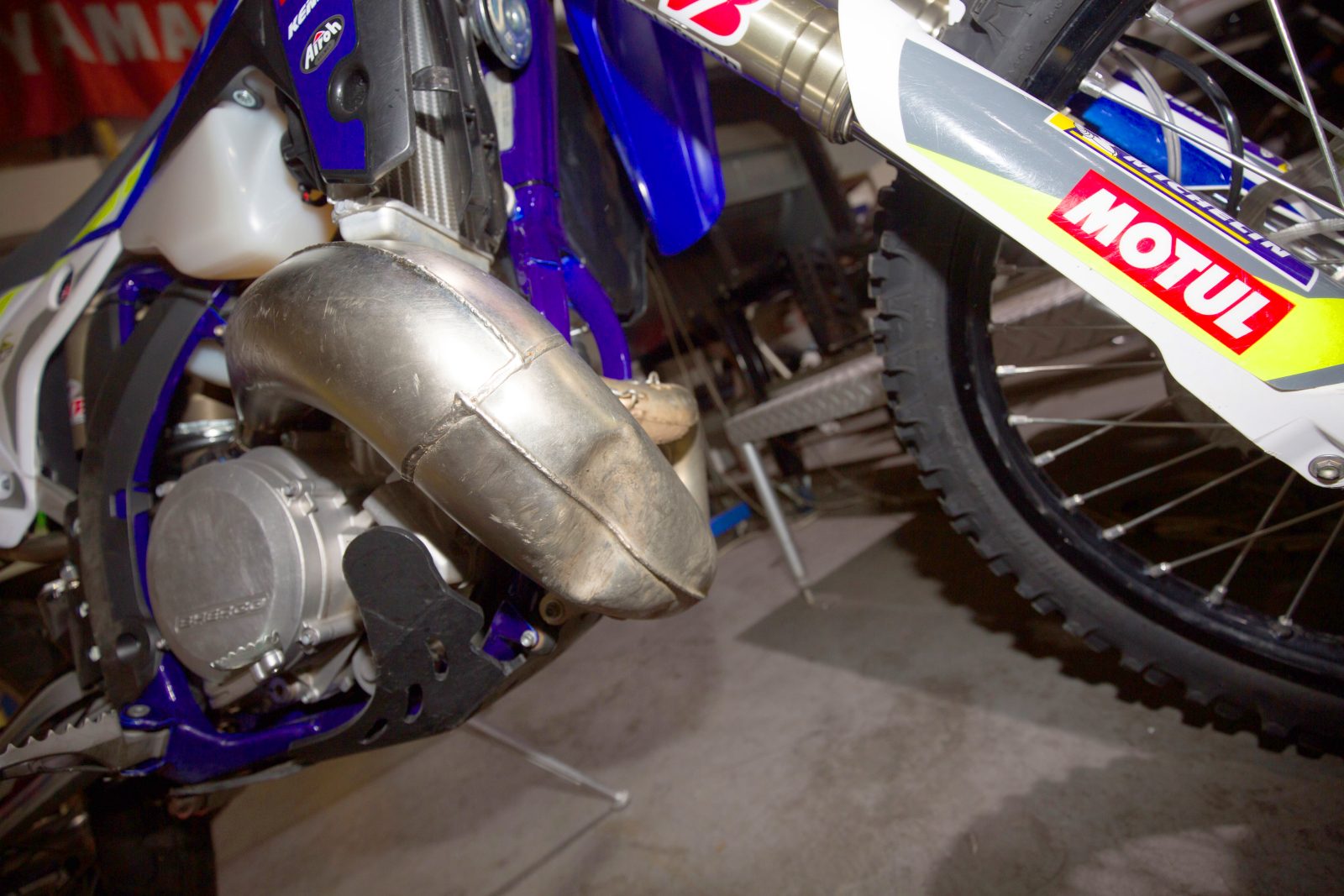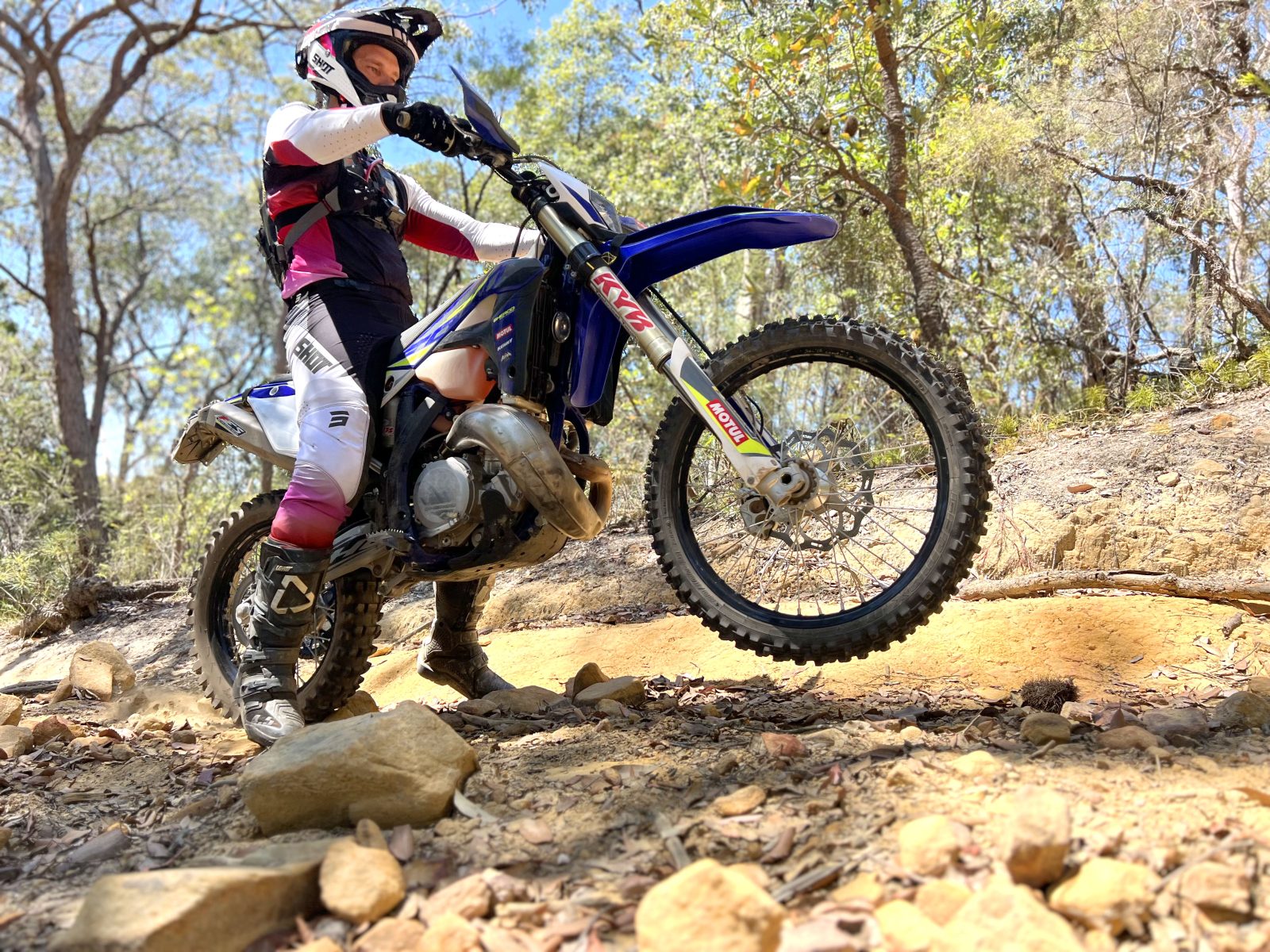A few twists here and there can make a good bike a pig and vice versa! We asked Shock Treatment’s Terry Hay what the six biggest suspension mistakes are. Here are his answers:
1. Don’t forget the tyres!
The first thing people overlook in their suspension set up is their tyres. Tyres are part of your suspension system and the tyre pressure, tread pattern, carcass construction and compound all affect the bike’s handling and grip. The tyre pressure is a spring force in itself, just as the carcass construction provides a damping element. Buy the right tyres for the conditions you ride in, keep them in good condition with the right pressures and your bike will have the best chance of handling properly.
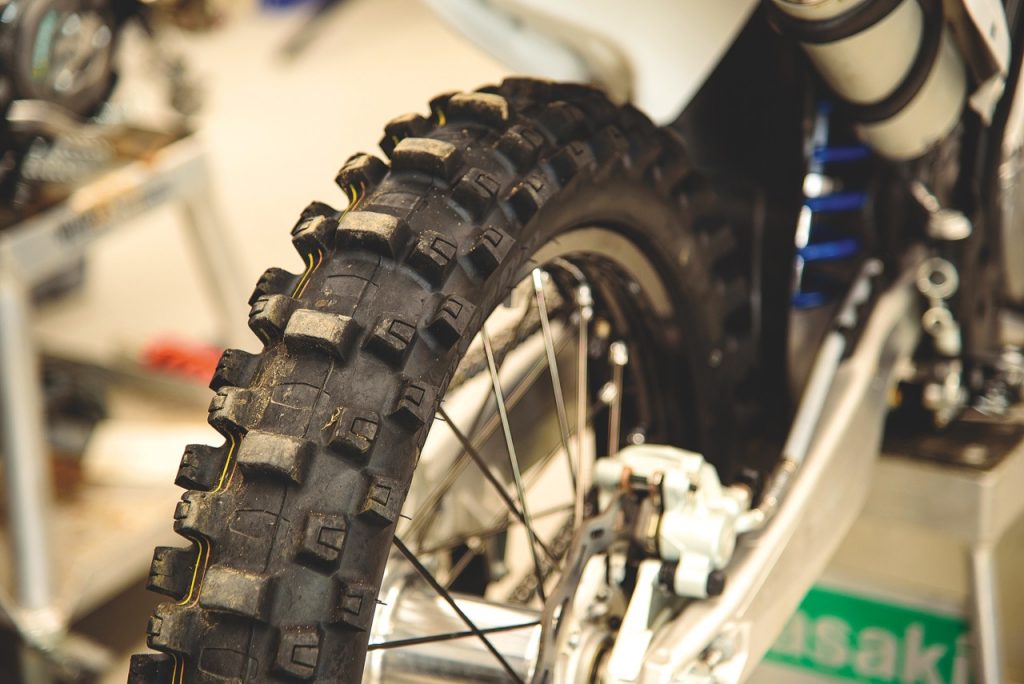
2. Spring Fed
The springs are the foundation of all suspension performance, and are there to support the combined weight of the bike and the rider. We want the correct spring with the correct amount of pre-load – get these wrong and you adversely affect traction and stability. The springs and pre-load determine the steering geometry of the motorcycle, which is all-important when it comes time to get around a corner. So, choosing the correct springs for you and your bike is crucial.

3. A Bit Saggy
Once the right tyres and springs are on/in your bike, you need to get the sag right. The problem is, people think the spring pre-load figure is set in stone – it’s simply not. The recommended sag measurement is a great place to start, but then you need to go out and ride, which can lead to adding a little pre-load, or removing it to get that feel you want from your suspension. Ideal pre-load can vary with the tracks you are riding on – don’t be afraid to stray from the recommended ballpark figure to find your optimum sag.
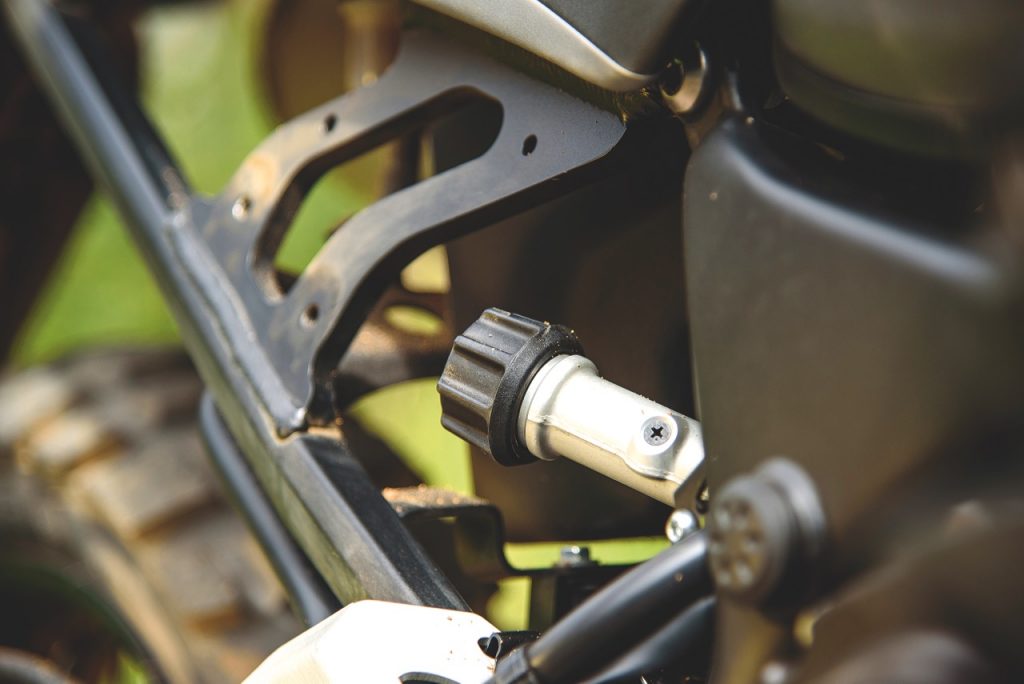
4. Oiled Up
Our damping medium is oil. Everything we do as suspension tuners is trying to influence that oil flow to chase the effect we are after. If we start off with rubbish oil, we will get a rubbish results. You need the right oil, the right amount and you have to keep it fresh! Three-year-old oil in your fork will never deliver optimum suspension performance, even if everything else is right.

5. Clicker Talk
Most bikes these days have high- and low-speed compression damping adjustment, and rebound as well. A common mistake is getting confused on what this means. High and low-speed isn’t referring to the speed of the motorcycle, but the speed of the wheel reaction to the surface beneath it. For instance, high speed bumps are rocks, roots or four-inch gutters: anything sharp that makes the wheel reaction a fast one. A jump is actually a low-speed reaction, even though it’s the biggest bump out there. Make sure you understand what this damping does before trying to change it!
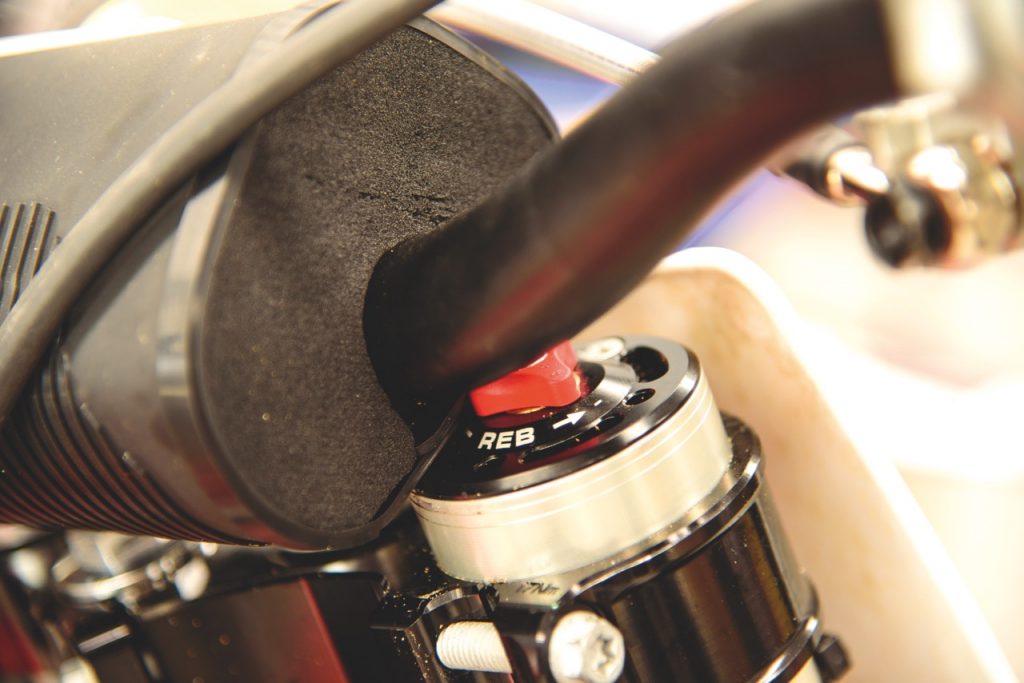
6. On the Rebound
Your rebound damping should be the last thing you adjust. Rebound allows the wheel to get back on the ground to apply traction – the wrong rebound setting affects traction, control, etc. Often we see riders adjusting rebound as they feel a bike kicking or deflecting, but nine times out of 10 those problems are compression-related – less compression can actually reduce the rebound speed. People tend to notice the reaction (rebound) more keenly, but for it to rebound such a long way, it must have compressed a long way first. Get your compression damping, spring rates, oil etc. right, then tackle the rebound settings. The rebound settings should be made as fast as possible, rather than as slow as possible.

Top Tips
- Too hard a set-up will wear you out – even the fast blokes are using more compliant set-ups these days. It’s all about feel!
- In general, factory suspension damping is not too bad these days, get he springs right and then the standard damping can do the job until you are ready to have a tuner crack the caps for you
- Allow a little extra in the suspension for surprise hits – it can keep you wheel-side-down if you don’t spot something
DO
Invest in a proper tyre pressure gauge – it’s a critical part of your suspension
Consult a suspension tuner such as Shock Treatment to get it really right
Experiment – try a change, one at a time and write down the response you feel
Remember suspension is highly personal – what works on your mate’s bike might not work for you
DON’T
Ignore your suspension – doing it right can make life easier and less painful
Guess a setting – think it through or contact a suspension tuner
Forget that it’s the shape of the bump that determines a high- or low-speed response from the wheels
Worry about setting front spring pre-load – there are too many variables to do it right.
Sam Maclachlan




